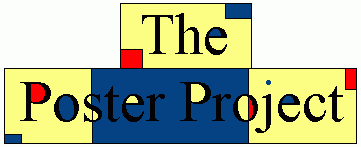|
|
It turns out that these two knots are different, but it takes some
advanced math to prove this. And I do mean advanced: not even basic
knot theory can distinguish between these two objects.
If you know something about basic knot theory (and math in general), or
are feeling very brave (or just a little psychotic), or if you would like
to see what advanced math looks like, you can check out the following two
papers which prove these two knots are different. I do want to reiterate
that these references are not for the faint of heart!
- R. H. Fox, "On the Complementary Domains of a Certain Pair of
Inequivalent Knots," Ned. Akademie Wetensch., Indag. Math. Vol 14 (1952),
pp 37-40
- H. Seifert, "Verschlingungsinvarianten," S. B. Preuss. Akad. Wiss. Berlin.
Vol 26 (1933), pp 811-823.

|

